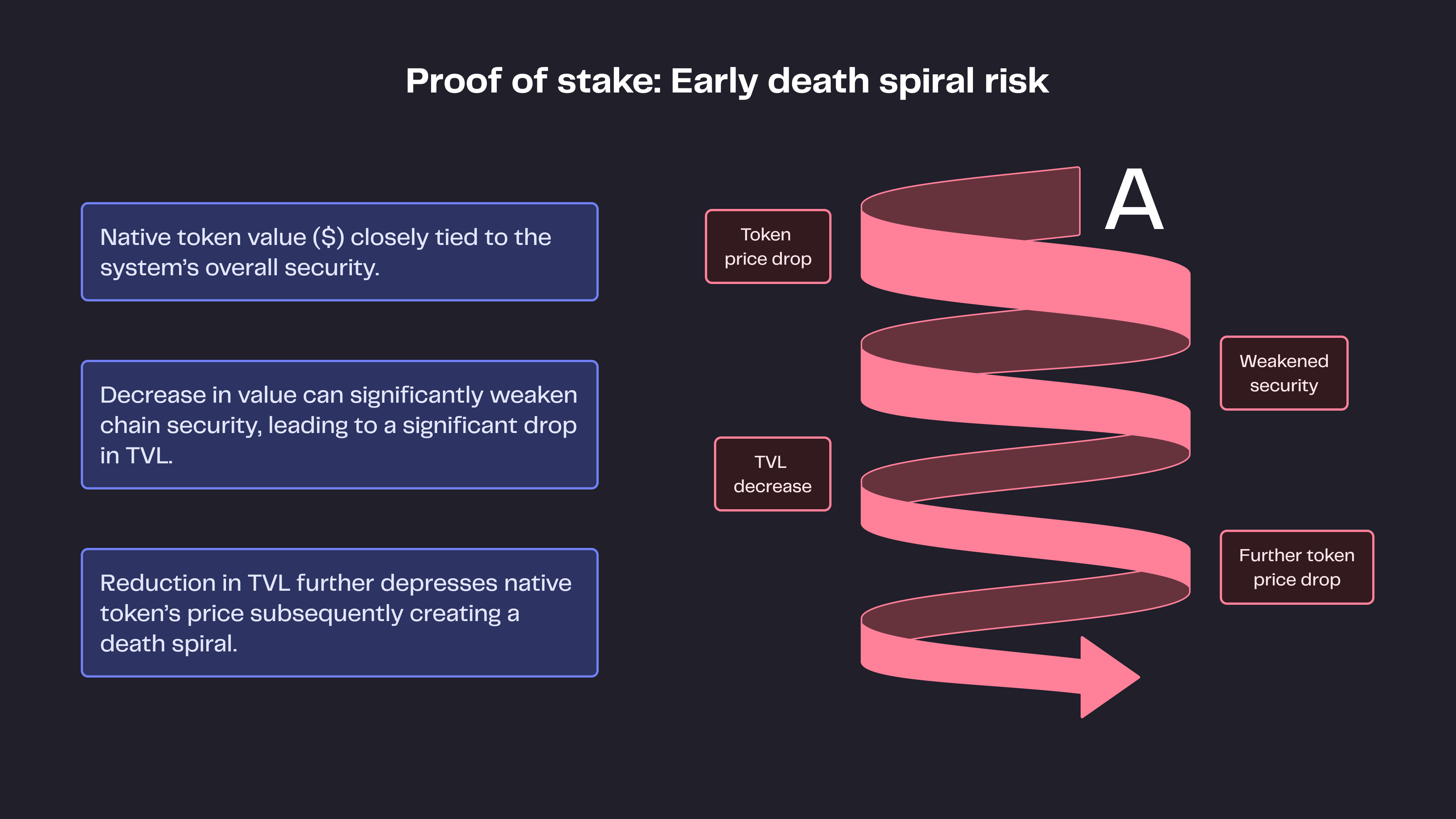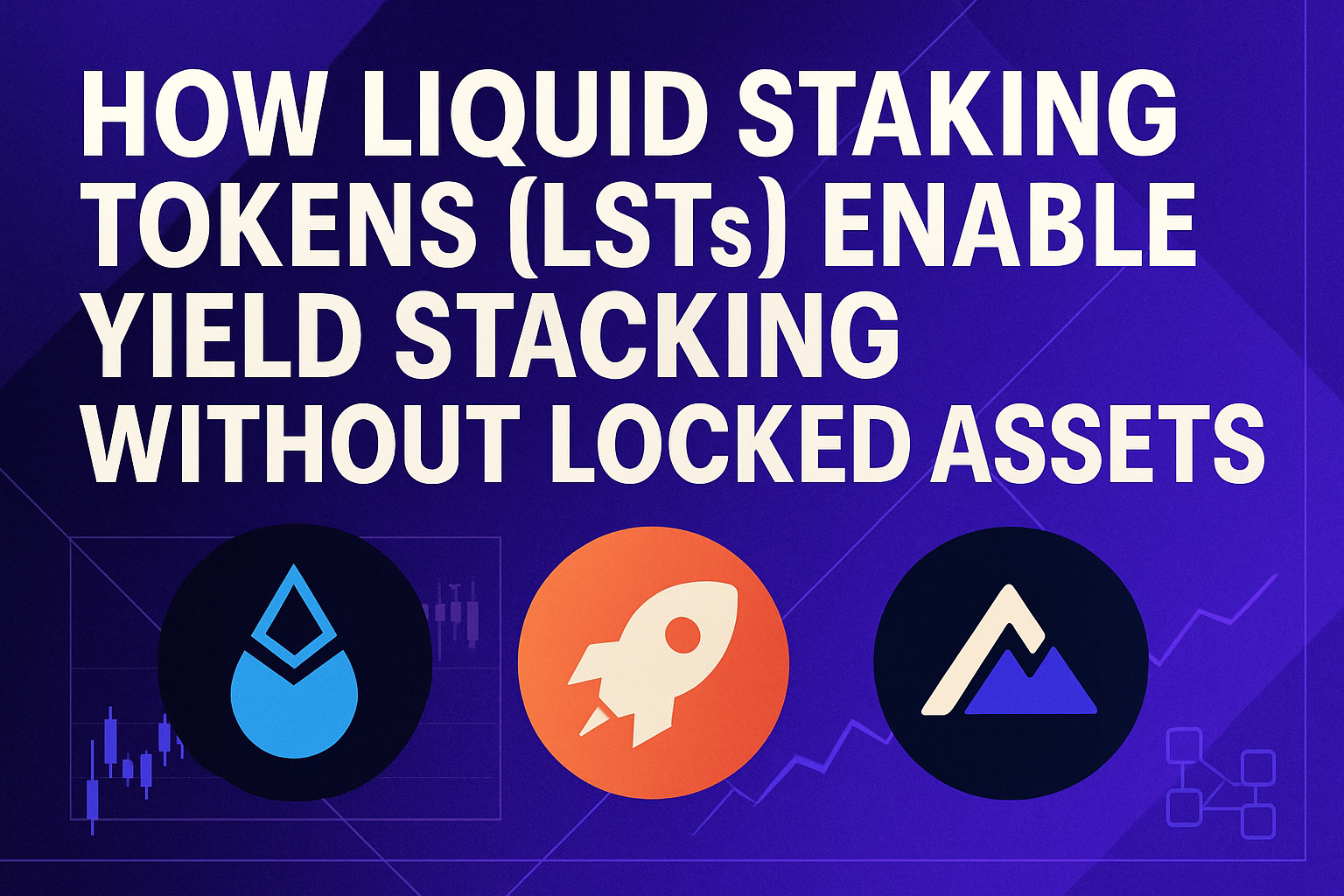
Imagine staking your Ethereum and earning network rewards, but instead of locking your assets away for months, you instantly receive a tokenized version that you can deploy anywhere across DeFi. That’s the magic of liquid staking vaults: they transform staked assets into flexible tools for yield optimization, letting you stack opportunities without waiting for long unbonding periods.
From Locked Staking to Instantly Tradable Assets
Traditional staking is simple: deposit your ETH, support the network, and earn a steady yield (currently around 5% APY on major protocols). The catch? Your funds are locked up and unavailable for other strategies. Liquid staking vaults solve this by issuing liquid staking tokens (LSTs), such as stETH or rETH, which represent your claim on the underlying staked ETH plus earned rewards. These LSTs are fully tradable and composable across DeFi platforms.
This instant unlock means you’re no longer forced to choose between network rewards and active DeFi participation. You can stake, earn passive yield, then use your LSTs to pursue additional strategies, like lending, liquidity provision, or advanced yield stacking, without sacrificing security or capital efficiency.
The Vault Advantage: Automation Meets Yield Stacking
Vaults in DeFi are automated smart contracts that manage complex yield strategies on your behalf. Instead of micromanaging positions or chasing fleeting APRs, users deposit their LSTs into a vault that auto-compounds returns, rotates between protocols seeking the best yields, and sometimes even hedges against market volatility. This automation is designed for both efficiency and peace of mind.
For example, with Ethereum currently trading at $3,931.78, an investor could stake ETH through a liquid protocol to receive stETH. They might then deposit this stETH into a vault that provides liquidity on a decentralized exchange (DEX), earning both staking rewards and trading fees. Some advanced vaults even leverage AI-driven rebalancing or multi-chain deployment to further optimize returns, a far cry from the old days of set-and-forget staking.
Diversifying Yield Streams with Liquid Staking Strategies
The real power of liquid staking vaults lies in their ability to let users tap into multiple revenue streams simultaneously:
- Lending and Borrowing: Use LSTs as collateral on lending platforms to borrow stablecoins or other assets for leveraged yield farming.
- Liquidity Provision: Pair LSTs with stablecoins or blue-chip tokens in DEX pools to earn swap fees plus bonus incentives.
- Automated Rebalancing: Some platforms now offer AI-powered vaults that dynamically move LST capital between pools or protocols based on real-time analytics, maximizing returns while minimizing risk exposure.
- LST Yield Stacking: By layering these strategies together (staking and lending and LP), users can achieve compounded yields far above vanilla staking rates. For more details on stacking approaches, check out our guide on how yield stacking with liquid staking tokens maximizes DeFi returns.
The Latest Innovations in Liquid Staking Vault Technology
The field isn’t standing still, 2025 has already brought major advances in how liquid staking vaults operate:
- AI Portfolio Management: Protocols like Fyde now use artificial intelligence to monitor yields across chains and rebalance user portfolios automatically for optimal performance.
- Diversified Super Vaults: Platforms such as Amplified offer “Super Vault” products that spread risk across multiple assets while tokenizing volatility itself, a novel way to earn from market swings.
- Security-First Design: With greater complexity comes greater risk; leading platforms like Capvault are doubling down on audited smart contracts and non-custodial designs so users retain full control over their funds at all times.
Ethereum (ETH) Price Prediction 2026-2031
Forecast based on DeFi innovation, liquid staking vault adoption, and evolving crypto market trends
| Year | Minimum Price (Bearish) | Average Price (Base Case) | Maximum Price (Bullish) | % Change (Avg vs. Current) | Key Scenario Insights |
|---|---|---|---|---|---|
| 2026 | $3,200 | $4,850 | $7,200 | +23% | DeFi/LST adoption grows, but global macro volatility persists |
| 2027 | $3,600 | $5,600 | $8,900 | +43% | Regulatory clarity boosts institutional entry; liquid staking tokens become mainstream |
| 2028 | $4,200 | $6,700 | $10,800 | +70% | ETH 2.0 scaling fully realized; DeFi vaults automate complex strategies |
| 2029 | $4,700 | $7,900 | $13,000 | +101% | AI-driven DeFi and cross-chain LSTs expand ETH’s use cases |
| 2030 | $5,300 | $9,200 | $15,600 | +134% | Global adoption accelerates; ETH as DeFi settlement layer solidifies |
| 2031 | $5,800 | $10,700 | $18,500 | +172% | Mature DeFi ecosystem, ETH rivals TradFi settlement rails |
Price Prediction Summary
Ethereum is projected to experience healthy growth from 2026 to 2031, driven by continued innovation in DeFi, widespread adoption of liquid staking vaults, and the maturation of yield optimization strategies. While market cycles and regulatory uncertainty may introduce volatility, the overall trend points to increasing value as ETH cements its role as the backbone of decentralized finance.
Key Factors Affecting Ethereum Price
- Adoption and integration of liquid staking vaults and LSTs in DeFi protocols
- Advancements in Ethereum scalability (ETH 2.0, Layer 2 solutions)
- Macro-economic trends and global regulatory developments
- Increased institutional participation and tokenization of real-world assets
- Competition from alternative Layer 1 and Layer 2 blockchains
- Technological risks, smart contract vulnerabilities, and evolving security standards
Disclaimer: Cryptocurrency price predictions are speculative and based on current market analysis.
Actual prices may vary significantly due to market volatility, regulatory changes, and other factors.
Always do your own research before making investment decisions.
If you’re curious about specific strategies, like how LP/LST pairings boost capital efficiency, you’ll find deep dives in our case studies such as this analysis of LP-LST combos in DeFi.
As liquid staking vaults evolve, they’re not just about squeezing more yield from your staked assets, they’re about unlocking an entirely new layer of capital efficiency in DeFi. With Ethereum holding steady at $3,931.78, users are increasingly looking for ways to make every ETH work harder. The ability to instantly mobilize staked assets, access automated compounding, and diversify into multi-protocol strategies is reshaping the landscape for both casual yield seekers and advanced DeFi strategists.

Navigating the Risks: What Every Yield Optimizer Should Know
Of course, with greater opportunity comes greater responsibility. Liquid staking vaults rely on intricate smart contracts and sometimes experimental financial engineering. Here are a few key factors every participant should weigh before diving in:
- Smart Contract Security: Even the most reputable platforms can be vulnerable to bugs or exploits. Always check for recent audits and community trust signals.
- Protocol-Specific Risks: Each vault has its own reward mechanisms and liquidation rules. Read up on the fine print before depositing your LSTs.
- Market Volatility: Leveraged or LP-based strategies can amplify both gains and losses, especially during sharp price swings like those seen in ETH’s recent $4,034.25 high to $3,860.77 low range.
- Liquidity Constraints: While LSTs are tradable, sudden market events can impact their price relative to underlying staked assets, watch for depegs or slippage in thin markets.
If you’re new to yield stacking or want a refresher on best practices, our comprehensive guide on maximizing yield stacking with liquid staking tokens covers everything from risk management to sustainable compounding tactics.
Getting Started: Building Your Own Liquid Staking Vault Strategy
The beauty of today’s DeFi ecosystem is that you don’t need to be a developer or quant wizard to participate. Most major protocols offer intuitive dashboards where you can:
- Select your preferred LST (like stETH or rETH)
- Choose from curated vault strategies (auto-compounding, LP farming, lending loops)
- Track real-time analytics on APY, risk metrics, and historical performance
The key is aligning your strategy with your personal risk tolerance and time horizon. Want hands-off compounding? Pick a reputable auto-vault with transparent fee structures. Prefer active management? Explore multi-platform integrations where you can manually rebalance between lending pools and DEX liquidity positions as yields shift.
The future of yield optimization isn’t about chasing the highest number, it’s about building resilient portfolios that adapt as markets change.
Community Wisdom: Insights from Yield Stackers
No one knows the ins and outs of liquid staking vaults better than the community itself. From Discord AMAs to Twitter threads dissecting the latest protocol upgrades, there’s a wealth of lived experience out there, don’t hesitate to tap into it when refining your own approach.
If you’re ready to dive deeper into advanced tokenized staking assets or want inspiration for your next move, browse our resource hub for guides like how liquid staking tokens unlock advanced yield strategies in DeFi.
Your Next Steps in Liquid Staking Vaults
- Diversify: Don’t put all your eggs (or ETH) in one basket, spread across different protocols and vault types.
- Stay Updated: Follow protocol announcements for changes in rewards structures or security upgrades.
- Aim for Sustainability: Chasing unsustainable APRs can backfire; focus on steady compounding over hype-driven spikes.
The era of locked-up capital is fading fast. With liquid staking vaults at your fingertips, and powerful automation doing the heavy lifting, you have more freedom than ever to craft custom yield strategies tailored to any market condition. Just remember: knowledge is your best defense against risk and your greatest lever for maximizing returns.



